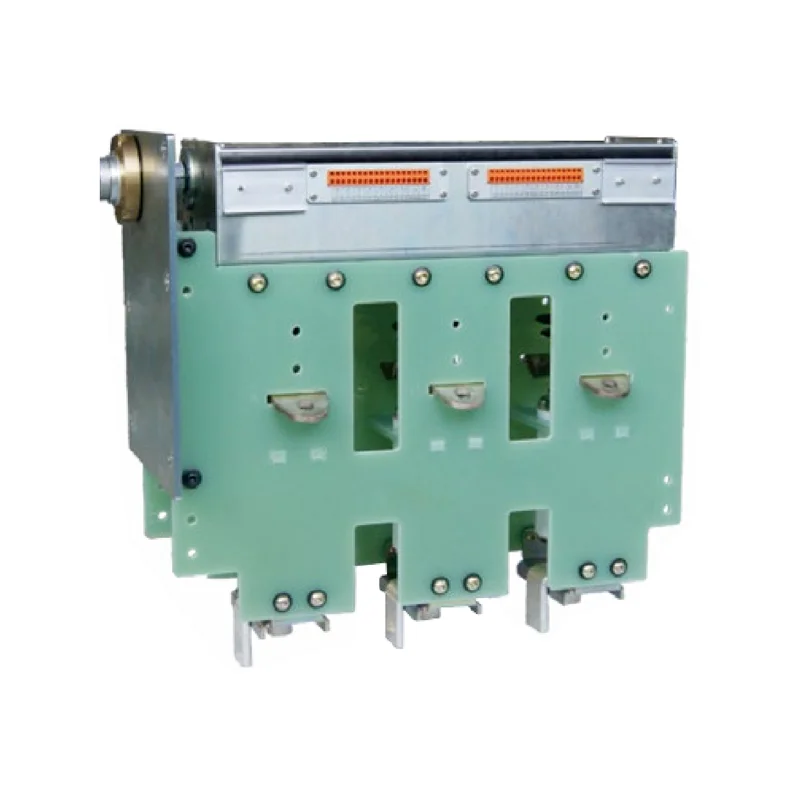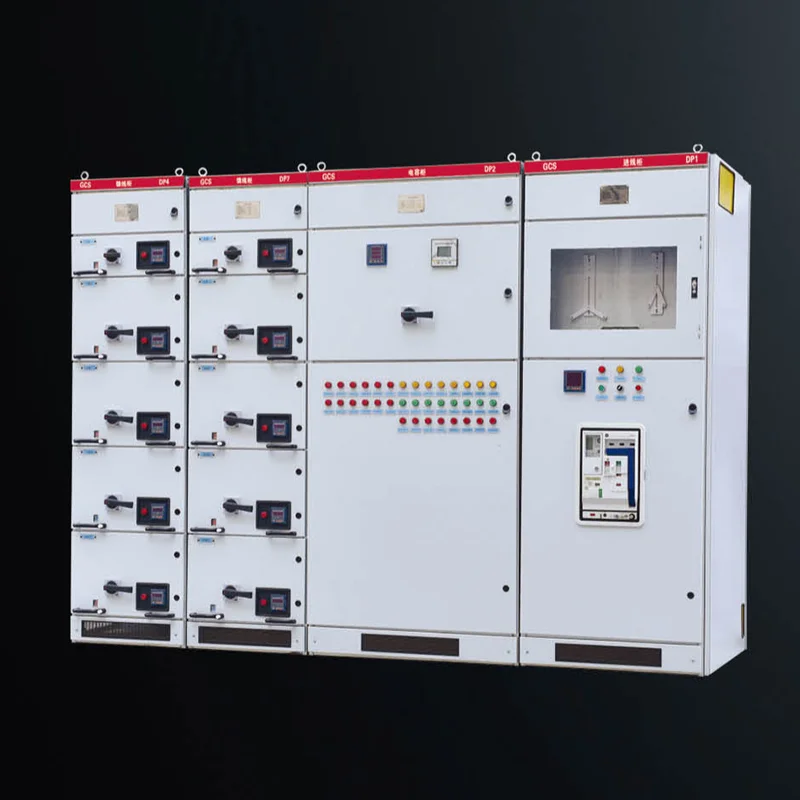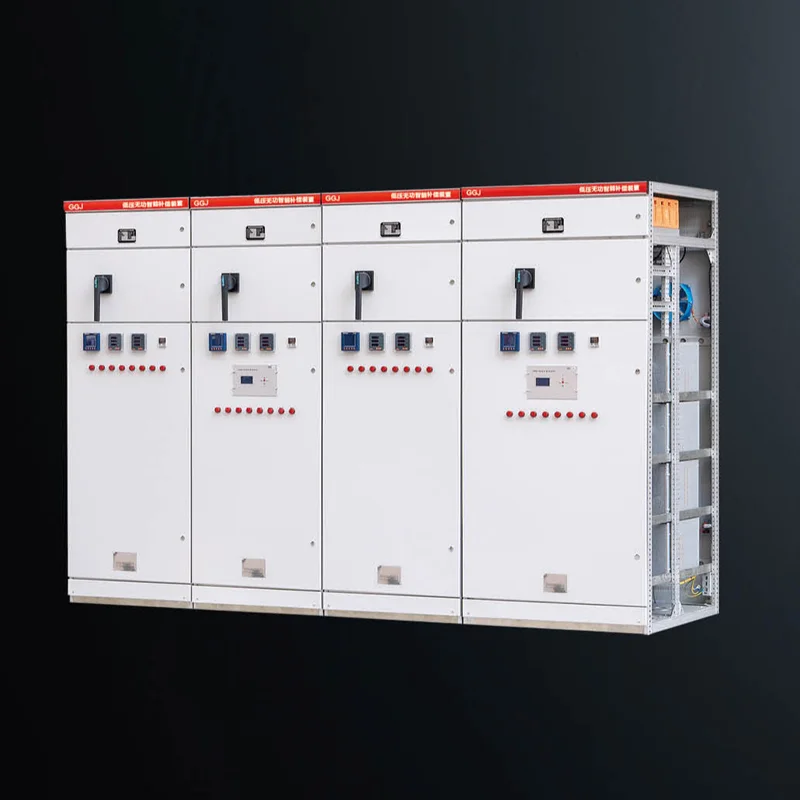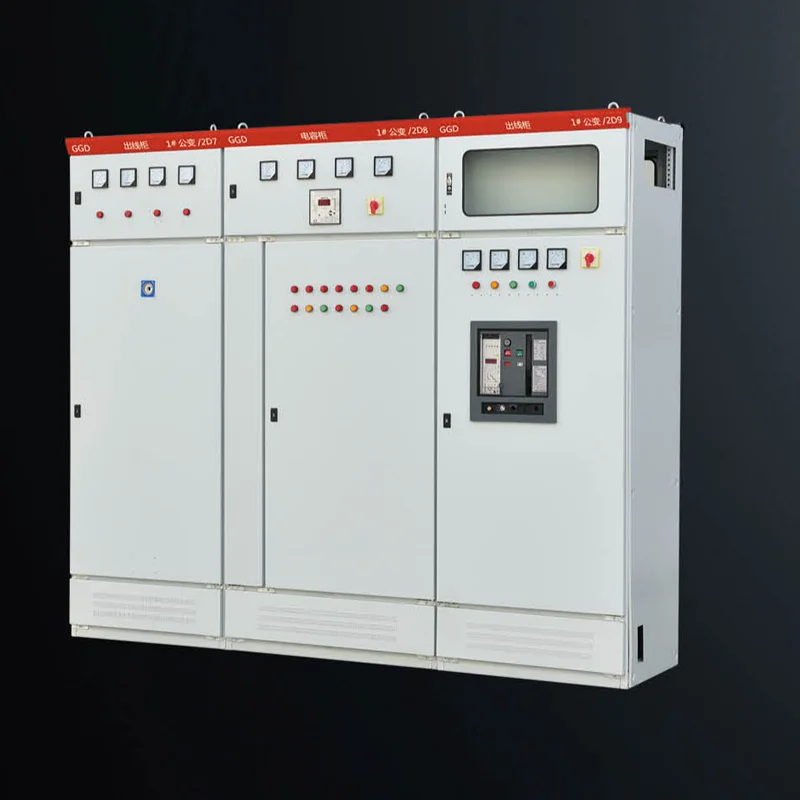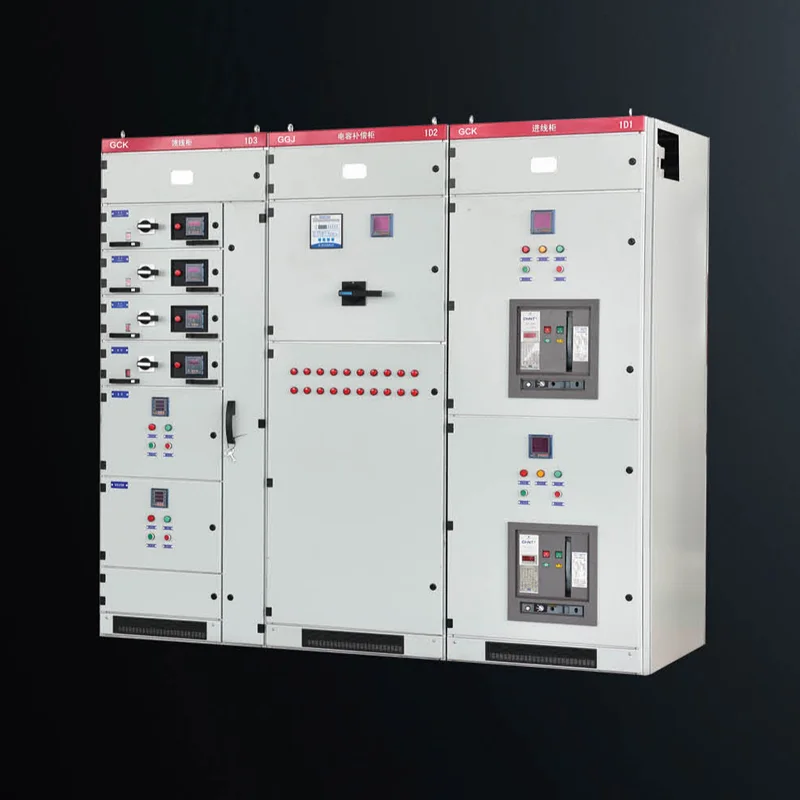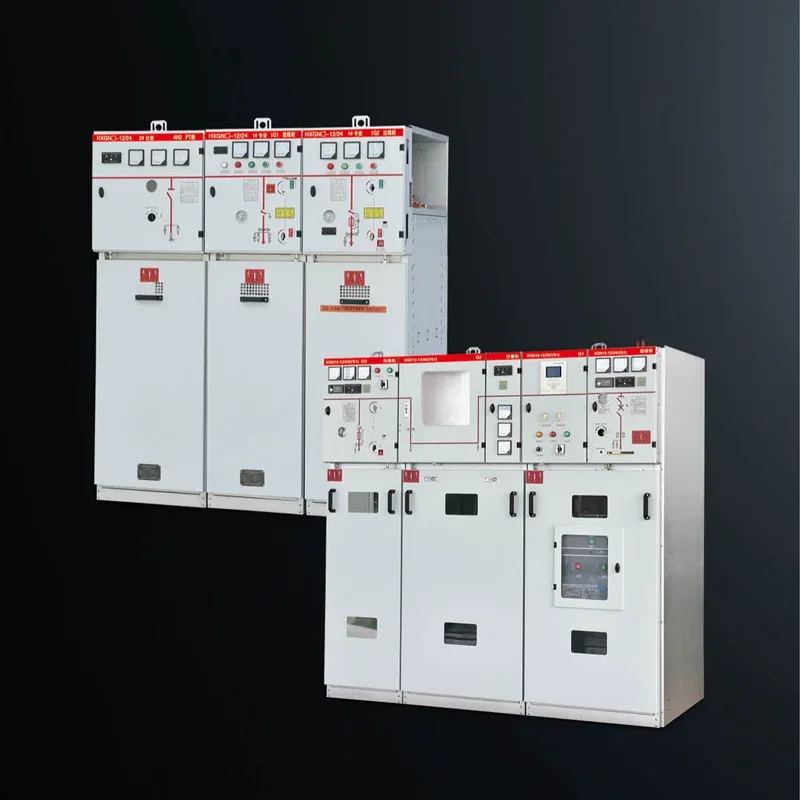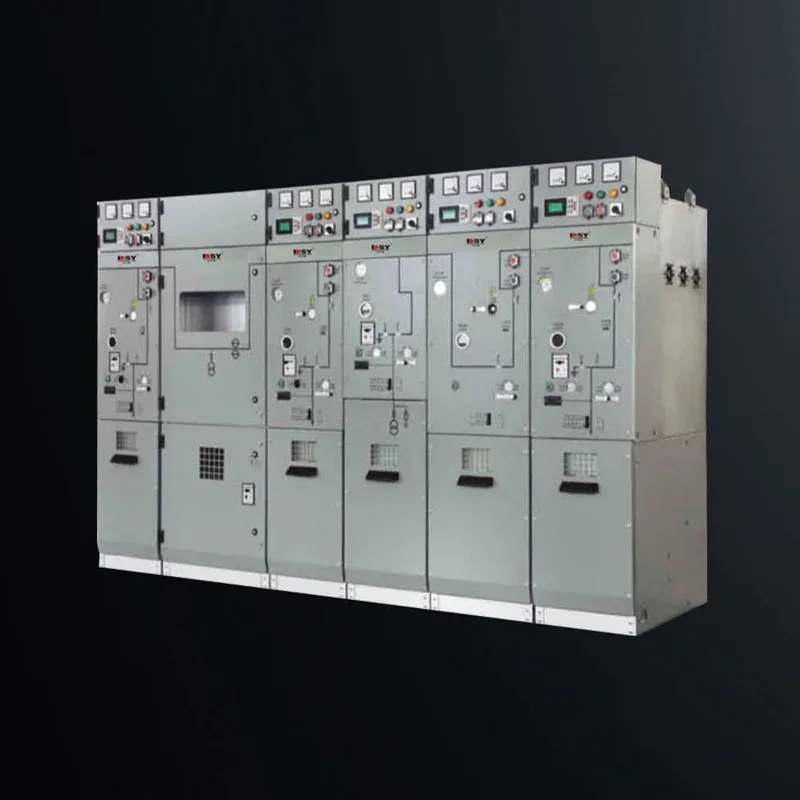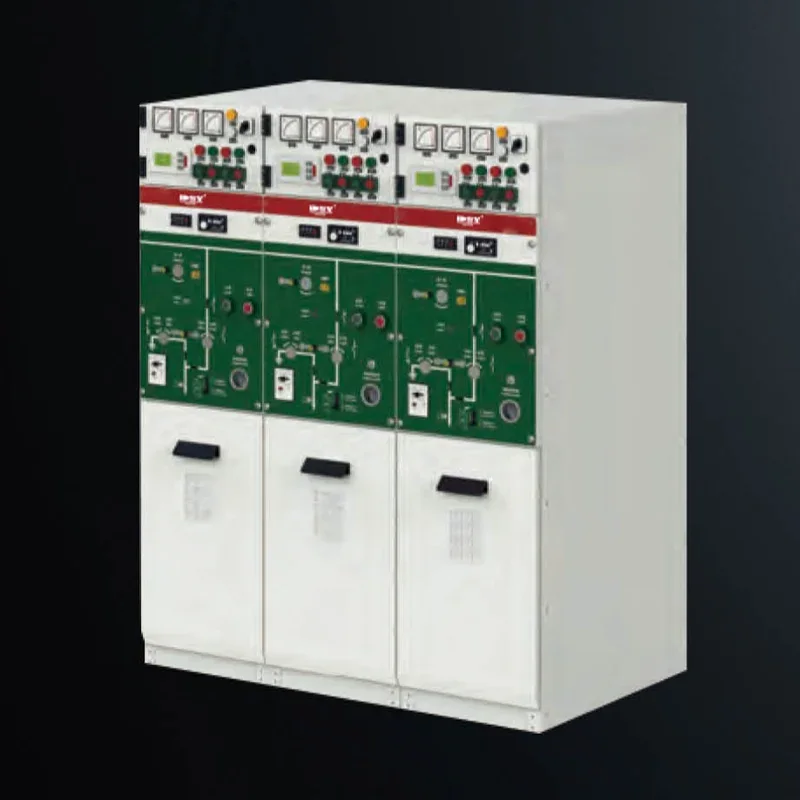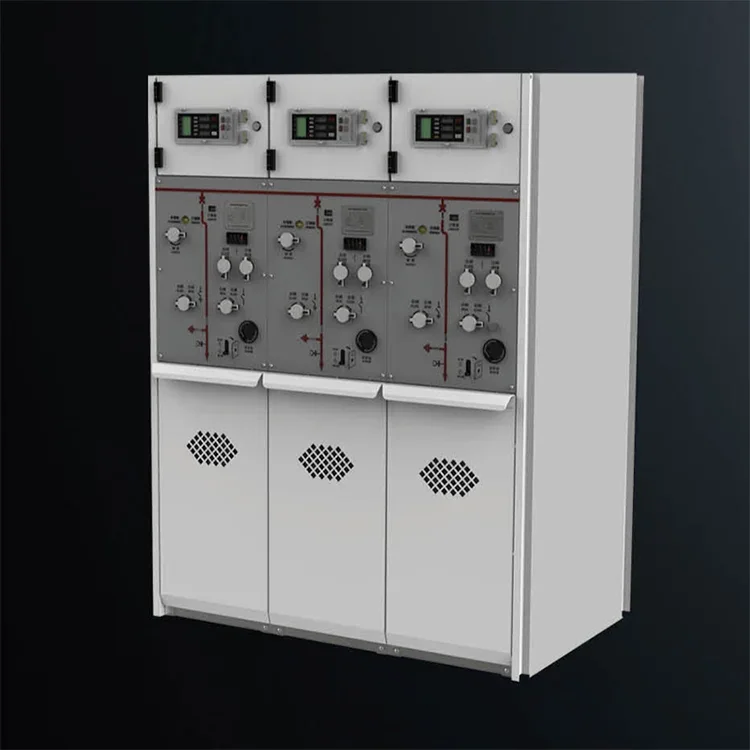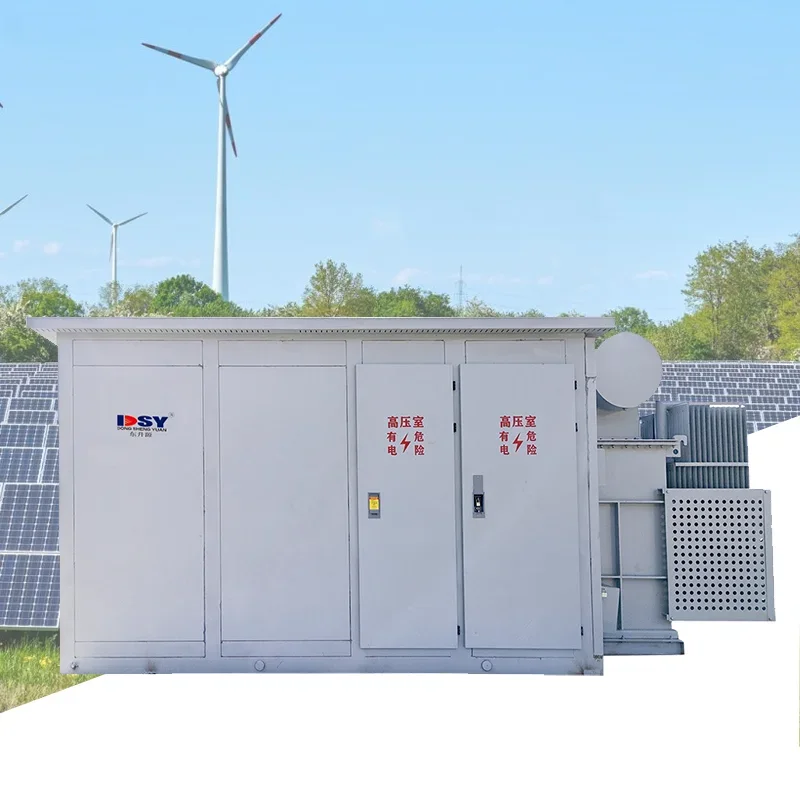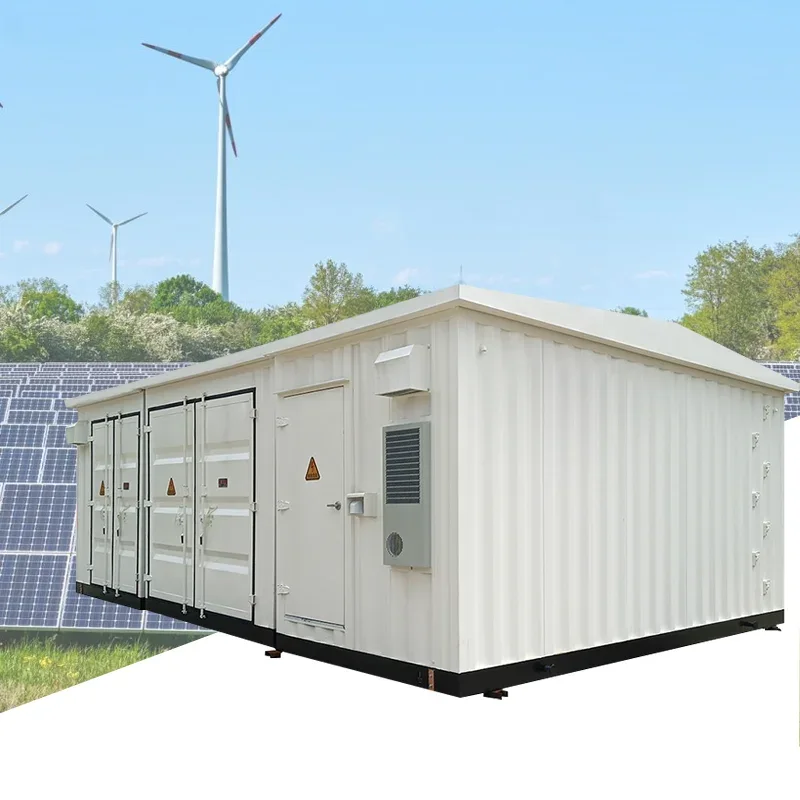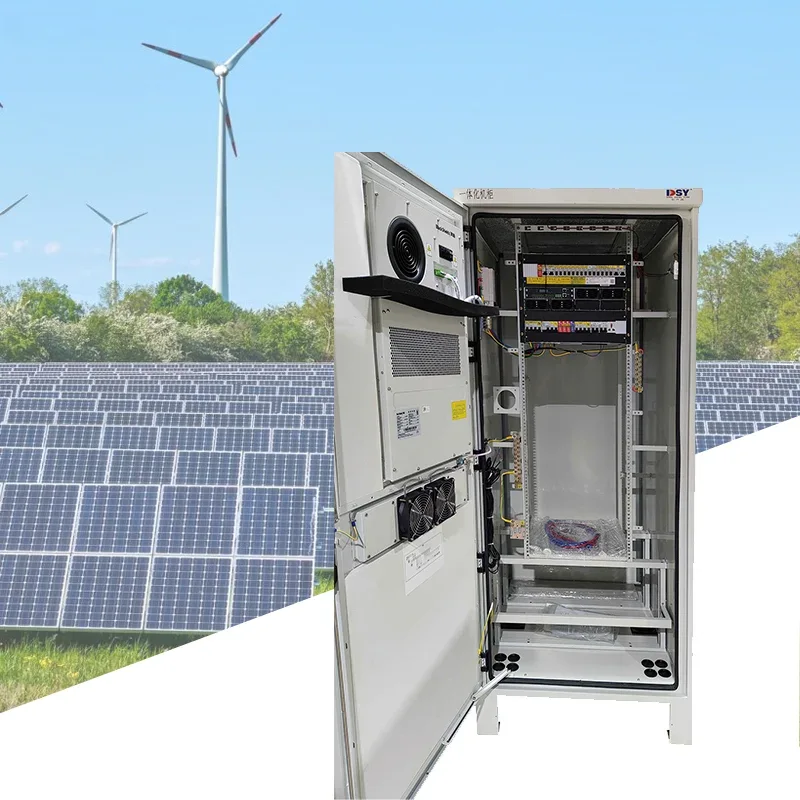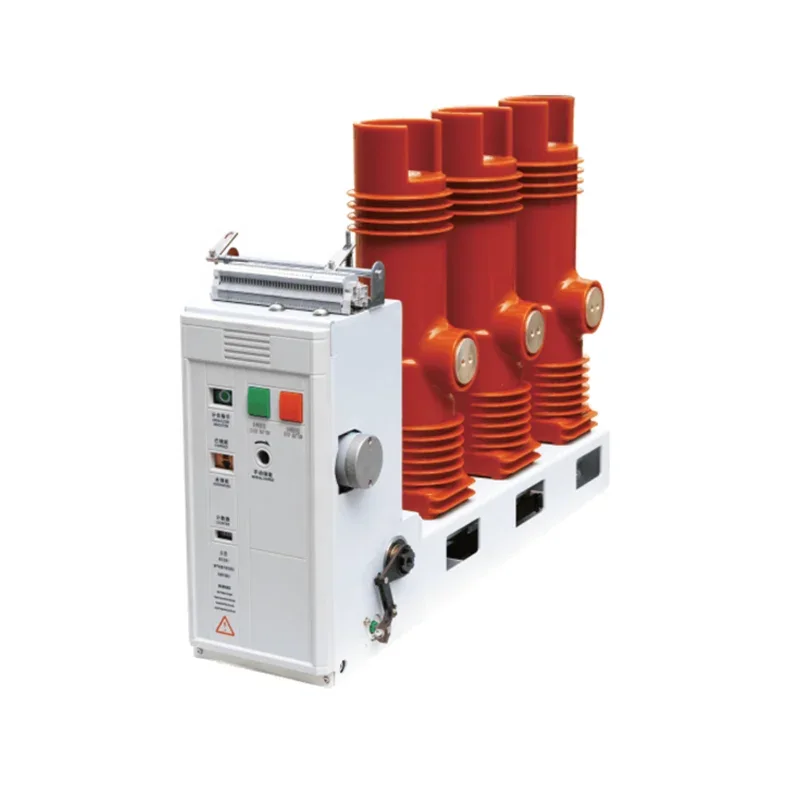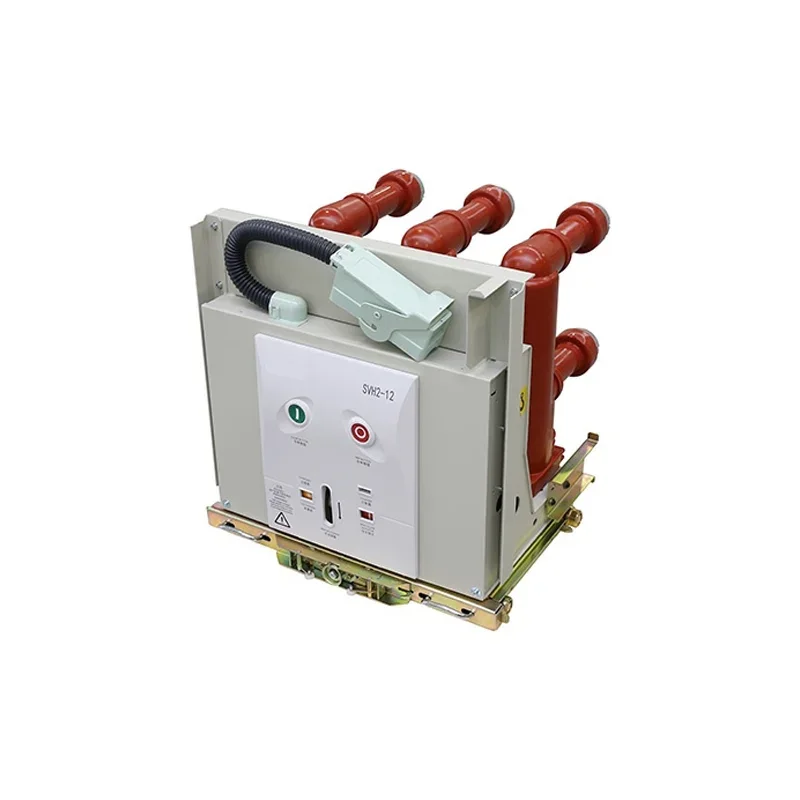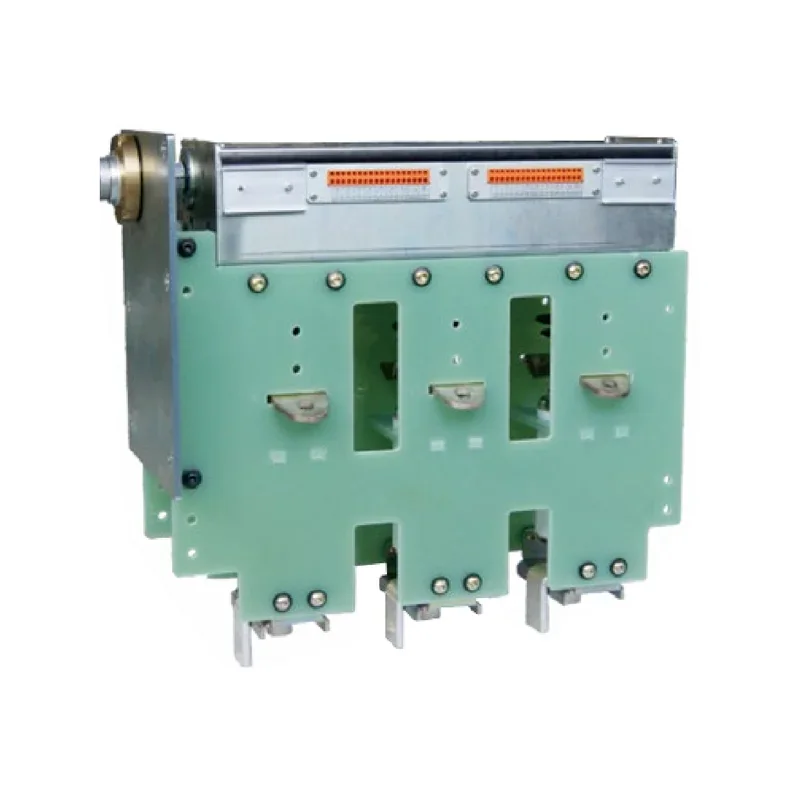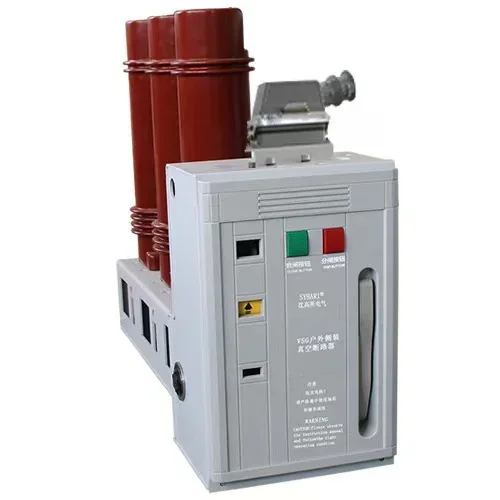How to Install 15 kV Switchgear: A Step-by-Step Guide for Electrical Professionals
How to Install 15 kV Switchgear: A Step-by-Step Guide Table of Contents 1. Introduction to 15 kV Switchgear 2. Essential Tools and Equipment for Installation 3. Safety Protocols During Installation 4. Preparing the Installation Site 5. Step-by-Step Installation Process 5.1 Laying the Foundation 5.2 Positioning the Switchgear 5.3 Ele
Aug 10,2025
How to Install 15 kV Switchgear: A Step-by-Step Guide
Table of Contents
- 1. Introduction to 15 kV Switchgear
- 2. Essential Tools and Equipment for Installation
- 3. Safety Protocols During Installation
- 4. Preparing the Installation Site
- 5. Step-by-Step Installation Process
- 5.1 Laying the Foundation
- 5.2 Positioning the Switchgear
- 5.3 Electrical Connections
- 5.4 Testing the Installation
- 6. Maintenance Tips for 15 kV Switchgear
- 7. Common Installation Issues and Solutions
- 8. Frequently Asked Questions
- 9. Conclusion
1. Introduction to 15 kV Switchgear
In the realm of electrical engineering, **15 kV switchgear** plays a vital role in managing and controlling electrical energy distribution. It serves as the intermediary between the electrical supply and the loads, ensuring reliable operation and safety. Understanding its installation process is crucial for professionals aiming to maintain electrical system integrity.
2. Essential Tools and Equipment for Installation
Before embarking on the installation of 15 kV switchgear, it's imperative to gather the necessary tools and equipment. Here’s a comprehensive list:
- **Safety gear**: helmets, gloves, goggles, and insulated footwear.
- **Basic tools**: wrenches, screwdrivers, pliers, and a multimeter.
- **Specialized equipment**: crane or hoist for moving heavy components, cable lugs, and torque wrenches.
- **Testing devices**: insulation resistance testers and power quality analyzers.
3. Safety Protocols During Installation
Safety cannot be overstated when it comes to electrical installations. Adhering to safety protocols ensures not only compliance with regulations but also protects personnel from potential hazards. Here are key safety practices to follow:
- **Lockout/Tagout (LOTO)**: Ensure that all power sources are isolated before beginning installation.
- **Personal Protective Equipment (PPE)**: Always wear appropriate PPE to minimize risk.
- **Work Area Safety**: Keep the installation area clean and free from unnecessary clutter to prevent accidents.
4. Preparing the Installation Site
Preparation is a critical phase in the installation process. Proper site preparation ensures a smooth installation and optimal operation of the switchgear. Follow these steps:
- **Site Assessment**: Evaluate the site for accessibility, structural integrity, and environmental factors.
- **Foundation Requirements**: Check if the foundation meets the specifications outlined in the manufacturer’s guidelines for weight and stability.
- **Clearance and Spacing**: Ensure adequate clearance around the switchgear for maintenance and operation, in accordance with local regulations.
5. Step-by-Step Installation Process
5.1 Laying the Foundation
The foundation must be sturdy enough to support the weight of the switchgear. Follow these steps for foundation preparation:
- **Excavate the Site**: Dig to the required depth as specified in the switchgear documentation.
- **Pour Concrete**: Mix and pour concrete to create a level surface. Allow adequate time for curing.
5.2 Positioning the Switchgear
Once the foundation is set, positioning the switchgear correctly is crucial:
- **Use a Crane**: Employ a crane to lift the switchgear into place safely.
- **Alignment**: Ensure that the switchgear is aligned with incoming and outgoing cable routes and any other necessary infrastructure.
5.3 Electrical Connections
Establishing electrical connections is a critical step that requires precision:
- **Cable Connections**: Connect the incoming and outgoing cables to the switchgear terminals. Use appropriate cable lugs and ensure they are securely fastened.
- **Grounding**: Implement a grounding system according to local electrical codes to protect against electrical faults.
5.4 Testing the Installation
Testing is essential to verify the integrity of the installation:
- **Insulation Resistance Testing**: Use an insulation resistance tester to ensure that all connections are insulated properly.
- **Functional Testing**: Conduct functional tests to confirm that the switchgear operates correctly under load conditions.
6. Maintenance Tips for 15 kV Switchgear
Regular maintenance extends the lifespan of 15 kV switchgear and enhances its reliability. Here are maintenance tips to consider:
- **Routine Inspections**: Schedule regular inspections to check for wear and tear.
- **Cleaning**: Keep the switchgear clean and free from dust and debris that may hinder performance.
- **Thermal Imaging**: Employ thermal imaging to detect hot spots that indicate potential failures.
7. Common Installation Issues and Solutions
During the installation of 15 kV switchgear, common issues may arise. Here are some potential problems and their solutions:
- **Alignment Issues**: If the switchgear is misaligned, recheck the positioning and make adjustments as necessary.
- **Cable Termination Problems**: Ensure that all terminations are properly crimped and tightened to avoid electrical faults.
- **Inadequate Grounding**: If grounding readings are insufficient, re-evaluate your grounding method and conduct further tests as needed.
8. Frequently Asked Questions
1. What is the purpose of 15 kV switchgear?
15 kV switchgear is used to control, protect, and isolate electrical equipment. It ensures safe distribution of electrical energy in substations and industrial applications.
2. How often should 15 kV switchgear be maintained?
Routine maintenance should be performed annually, while visual inspections are recommended every few months to identify any immediate issues.
3. What are the safety requirements for installing switchgear?
Installers must follow local electrical codes, wear appropriate PPE, and adhere to lockout/tagout procedures to ensure a safe working environment.
4. What testing methods are used for switchgear installation?
Common testing methods include insulation resistance testing, functional testing, and thermal imaging to ensure the integrity and performance of the switchgear.
5. Can I install 15 kV switchgear myself?
While competent individuals may install switchgear, it is highly recommended to engage qualified electrical professionals to ensure safety and compliance with regulations.
9. Conclusion
Installing 15 kV switchgear is a complex yet manageable task for trained professionals. By following the detailed steps outlined in this guide, along with adhering to safety protocols and maintenance recommendations, you can ensure a safe and efficient installation. Proper attention to detail during this process not only enhances operational reliability but also promotes safety within the electrical distribution system.
Related News
From June 5th to 8th, 2025, Shenzhen Dongshengyuan Electrical Equipment Co., Ltd. (hereinafter referred to as "Dongshengyuan Electric") participated in the Southeast Asia Electricity and Energy Exhibition (SEAPAE) held in Jakarta, Indonesia. During the exhibition, the company highlighted its three core product lines: high-voltage and low-voltage distribution switchgear, intelligent circuit breakers, and environmentally friendly load switches. These products are designed to provide targeted solutions for the high temperature and high humidity environments commonly found in Southeast Asia, as well as the growing demand for new energy access. They have successfully attracted over 200 industry customers for business negotiations.
The difference between circuit breakers and vacuum circuit breakers
Circuit breaker is an abbreviation for pole type circuit breaker. Circuit breakers are also vacuum circuit breakers

